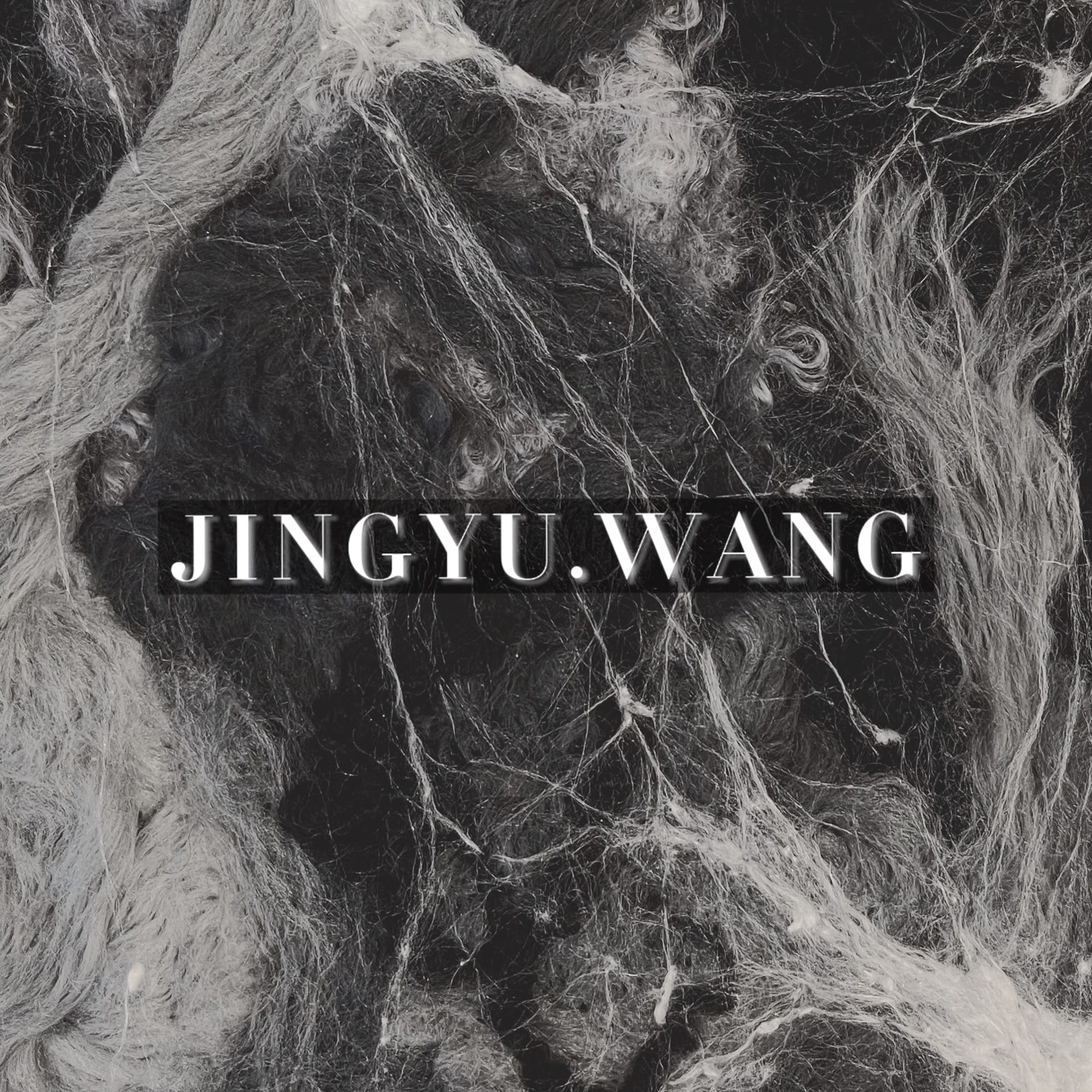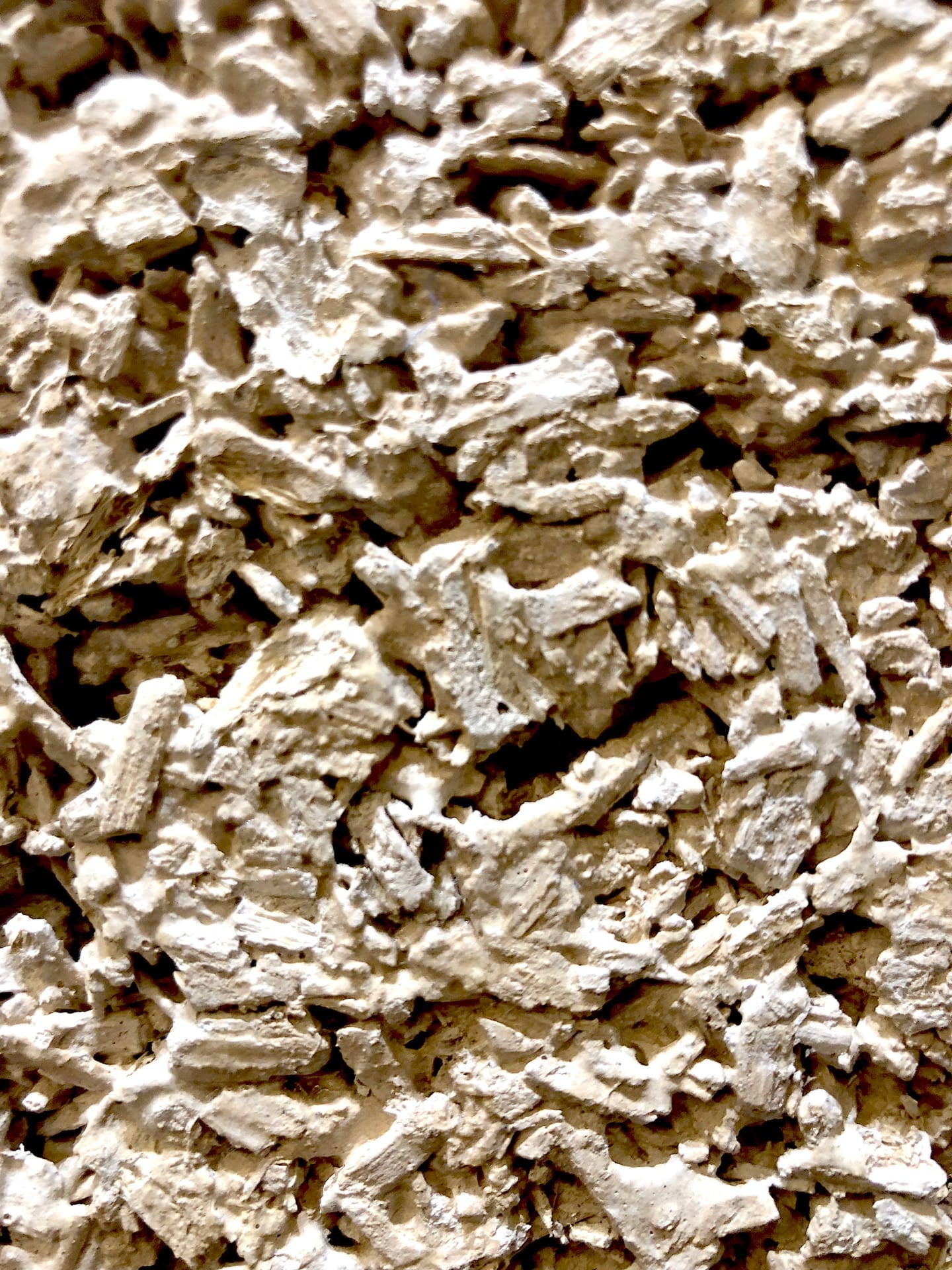“7343-01 Naturals”
Manufacturer:
EQUILIBRIUM SRL
Distributed in North America, Central America, South America, Australia, Asia, Europe, Middle East
Prefabricated construction bricks produced from natural Beton, a bio-compound made from a mixture of 35% Canabium (hemp) and 65% natural lime binder. These bricks offer improved thermal insulation, better moisture management and much lower energy consumption during production than cement. The Natural Beton is produced without any need for heat, combining shavings from the stem of the hemp plant which act as an ‘aggregate’, which are then ‘mineralized’ by the action of the hydraulic lime, protecting it from decomposition and rendering it incombustible. Applications include new construction and renovations, walling systems and partition walls.
This material attracted me for its impressive hardness and yet still 100% natural. The brick reveals the great durability and strength of layered plant fiber that breaks my normal perception of natural plant-based materials. The low energy consumption is also a great advantage which set this brick apart from normal bricks. As one of my major concern about architectural and interior design is the sustainability of material used in construction, this hemp brick clearly offers me a new option to think about.
“2492-07 Polymers”
Manufacturer:
LANTOR BV
Electromagnetic shielding (EMS) membrane with hexagonal embossed structures, composed of polyester nonwoven and a copper mesh. The copper mesh blocks electromagnetic radiation and the polyester nonwoven enhance the infusion property. The honeycomb structure provides good shear resistance. This material is suitable to be integrated with a composite part with closed mold processes, including infusion, RTM Light and RTM Heavy. Applications include military and transportation.
This piece of textile interest me with its ambiguity – it has the feeling of soft fabric but used atypical raw materials and is stated to offer protection against electromagnetic radiation. My first impression of this textile was actually not so ‘confident’ about how it was described, as it looked like a fragile complex made by compressing a polyester honeycomb patterned layer and a copper mesh layer. I thought the separation would be easy to happen, however, it was the completely opposite – the fabric structure was pretty stable. And the copper, despite being a metal, did not add stiffness to the material; rather, it gave the structure a proper rigidity to maintain a three dimensional shape when needed, but still pretty smooth and flexible on its own.
“7783-01 Naturals”
Manufacturer:
NOVA KAERU INDÚSTRIA E COMÉRCIO DE COUROS LTDA.
Piraruou fish skin, one of the world’s largest freshwater fish that is native to the Brazilian Amazon. Piraruou is a primary food source in this region and is a protected species that has been managed by local populations who have helped the species regenerate. 100% of the skins are by-products of the local industry. This fish was traditionally only hunted for its meat, while the giant scales were used for nail files. It has since been discovered due to its large yield of skin, and is used as an alternative to cow leather. The tanning process to preserve the skins has been specially developed by the manufacturer. This process is organic and chrome-free, based on a blend of biodegradable acrylic resins, polymers, glutaraldehyde, synthetic, and vegetable tannins which are environmentally safe. The surface of this skin is smooth and features pronounced scales. It is available in 23 colors with various surface effects including exposed or inverted scales, and matte or glossy effectsApplications include hand bags, accessories, upholstery, and tabletops.

The fish skin interests me with its bright color and softness of the fish scale. The utilization of fish skin is clearly offering me a new way to rethink ‘food’ we as human intake. Instead of killing pythons or alligators for their skin, this Piraruou fish skin is able to offer the same visual complexity. I am curious if the rigidity of the fish skin can also be increased with some manufacturing methods.
“7390-01 Polymers”
Manufacturer:
LUMIGRAM SARL
Flexible, lightweight, translucent fiber optic fabric. The fabrics emit light from the cut ends of the fabric as well as at any point along each fiber that has been bent, scratched or otherwise deformed. Thin, flexible fiber optics are woven into a fabric along the weft, gathered at 50 cm (20 in) and bundled into a sleeve to allow for LED light to be transmitted through each fiber. The illumination of each fiber is not consistent along its length. It diminishes further from the light source. Each bundle is powered by two 1.5v batteries that light the fabric for 8–12 hours. With an adaptor, the fabric can be powered using mains electricity. The backing fabric is offered in 10 colors (silver, black, red, green, light blue, blue, yellow, pink, gold, light silver). The color source of the LED can be customized, as well as the brightness. They are used for apparel, accessories, event design, as table runners and other interior decoration.
The fabric signifies a blend of modern technology with existing textile. I was surprised by the invisibility of the built in electric cord – it was also impossible to feel them with fingers! The intricate work here makes me dream about textile architecture, in which space become fluid (easy to adjust) with less dead corners and greater area to use as there will be no massive lamps etc taking up the space.
“6271-07 Metals”
Manufacturer:
MATERIALS INC.
Light metal mesh fabric that is tightly weaved with thin metallic wires with a decorative burnt surface finish. The stainless steel mesh fabric is woven with open surface of 51%, making mesh sheets flexible and useable as a strainer or a sieve. The stainless steel grade provides good strength and weldability, and is resistant to corrosion. It is moisture resistant and fire resistant. Applications include: curtains, scenery, panels, furnishing, stands, ceilings, upholstery, partition walls, retails and exhibit.
Although the metal mesh is moisture resistant, the appearance still reminds me of rust from iron, which only formed when iron is oxidized – a process nearly impossible to happen to the stainless steel mesh. Why was the burnt effect chosen to be featured if the material would not get rusted ? I have not yet found the answer for this question. However, the burnt effect does sensually prevent me from touching the piece (because to me it looks like it’s suggesting dirtiness or danger). And it is actually very hard and almost painful if you accidentally cut your fingers through the wedges. I hope to see the actual effect of this metal mesh in reality, so I can get more insight on how this is being used (the curtain usage is confusing me as the material does not shape naturally in a very easy way).
















